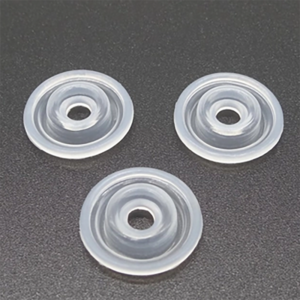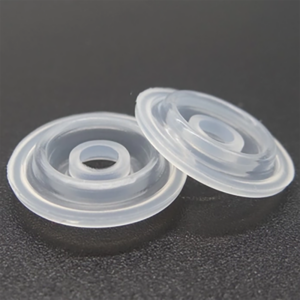Do you know how to optimize your O-Ring, do you know what Cyanoacrylate Glue is, and it doesn’t matter if you don’t because today I’m going to explain it to you in detail!
Achieving a perfect fit for O-rings, especially in the absence of cords, is a seamless process with the application of Contact Cyanoacrylate Glue, commonly known as Super Glue. This method is particularly effective for resizing O-rings and ensuring a snug fit into piston grooves, essential for maintaining an effective seal. The versatility of Contact Cyanoacrylate Glue extends to bonding rubber and silicone materials, making it a preferred choice for various applications. The process is demonstrated in an instructional video, offering a quick and efficient solution for creating matching rings.
The versatility of Contact Cyanoacrylate Glue extends to bonding rubber and silicone materials, making it a preferred choice for various applications. The process is demonstrated in an instructional video, offering a quick and efficient solution for creating matching rings.
Companies specializing in molded parts, such as rubber and silicone materials, leverage this adhesive’s capabilities for encapsulation, forming, and splicing, especially in the production of Teflon® O-rings. The adaptability of O-rings to different environments prompts the use of various materials, including those catering to specific industries such as automotive, where inflatable seals are prevalent.
Choosing between nitrile and silicone O-rings involves considering their unique benefits. Nitrile excels in submersible tubes, while silicone offers an effective remedy for accidental seal failures. Silicone coverings prove instrumental in preventing wear and tear, contributing to the longevity of O-rings.
Despite lubricants’ incompatibility, silicone emerges as a suitable choice for certain applications, such as fixing curved lids. While considerations between nitrile and silicone depend on specific use cases, understanding the distinctive advantages aids in making informed choices.

But wait, there’s more! Cyanoacrylate glue is also resistant to a wide range of temperatures and chemicals. This is critical for O-rings, which often must withstand harsh conditions. Whether exposed to extreme heat, cold or harsh environments, cyanoacrylate glue provides support for O-rings, ensuring they remain intact and effective.
So, how to use cyanoacrylate glue to optimize O-ring performance? It’s easier than you think. First, make sure the surface where the O-ring rests is clean and free of any debris. This will allow the glue to form a pristine bond, maximizing its effectiveness.
Next, apply a small amount of cyanoacrylate glue to the contact area where the o-ring is. Remember, just a little bit of superglue goes a long way, so don’t use too much. Once the glue is in place, carefully place the O-ring, pressing lightly to ensure it adheres to the surface.
In conclusion, the application of Contact Cyanoacrylate Glue for O-ring resizing, coupled with the strategic selection of materials like silicone, ensures optimal performance in various environments. The collaboration between manufacturers and end-users in understanding material advantages contributes to effective sealing solutions.
Manufacturers like YJC POLYMER play a crucial role in supplying customized silicone O-rings to meet diverse application needs. These O-rings, crafted from specially formulated elastomers like nitrile, neoprene, and polyethylene glycol, find applications across industries.This is all for today,see you tomorrow!